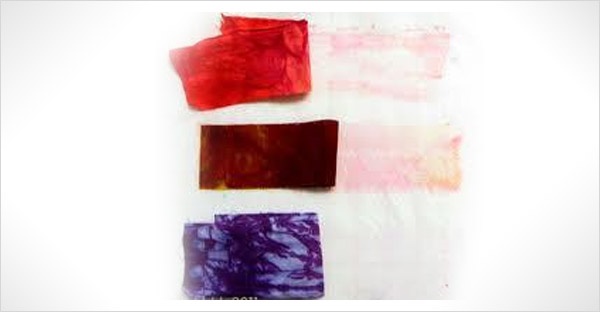Reviewed by Anurag Mishra (Sr. Technical Consultant)

The color fastness in textile is one of the most important tests that must be performed on the products to ensure that the color of the products is fast enough that the textiles could withstand the various processes such as rubbing, washing, light exposure and other factors during usage. Color fastness is basically the resistance of fabric against the fading or bleeding of its color. These are the conditions, to which the textiles are normally exposed during general use. There are different types of color fastness that are conducted on the textile products.
Standards for Color FastnessThere are several standards used for governing these tests on textiles such as AATC (American Association of Textile Chemists and Colorists) which has a complete manual that describes different tests for color fastness. In addition that, there are SDC (Society of dyers and color fastness) and ISO (International Organization for Standardization) standards that are used for conducting color fastness tests in textiles. These standards provide basic requirements that are essential for accurate color fastness test on textiles.
ISO 105-F09:2009 Textiles — Tests for colour fastness — Part F09: Specification for cotton rubbing cloth
Factors Affecting Colorfastness in Textiles
Colorfastness test
The color fastness test is performed in different ways for different types of analysis such as color fastness to light, to rubbing, and color fastness to washing, etc. The color of the sample is measured using proper textile color measurement instruments. Then the sample is subjected to test conditions. After the test is completed, the color of the sample is measured again. This gives the difference in the color intensity, and hence, the color fastness is evaluated.
In order to measure the color of the sample before and after the test, appropriate textile color measurement instruments should be used. The portable spectrophotometers offered by Testronix is one of the best testing instrument that allows the users in the precise evaluation of the textile samples with proper calculation of color difference and color space formulas.